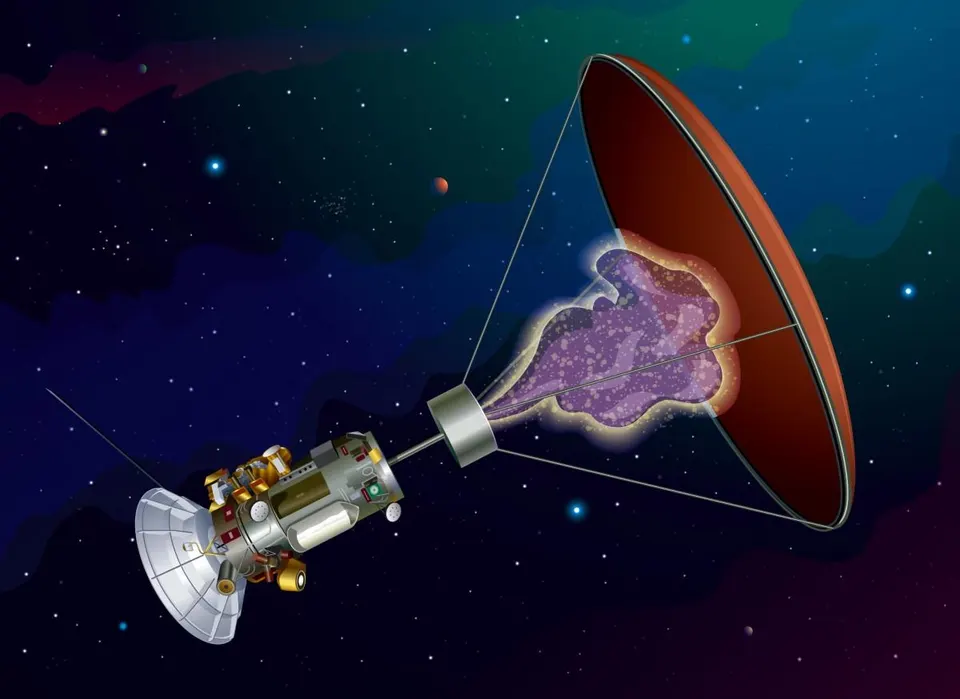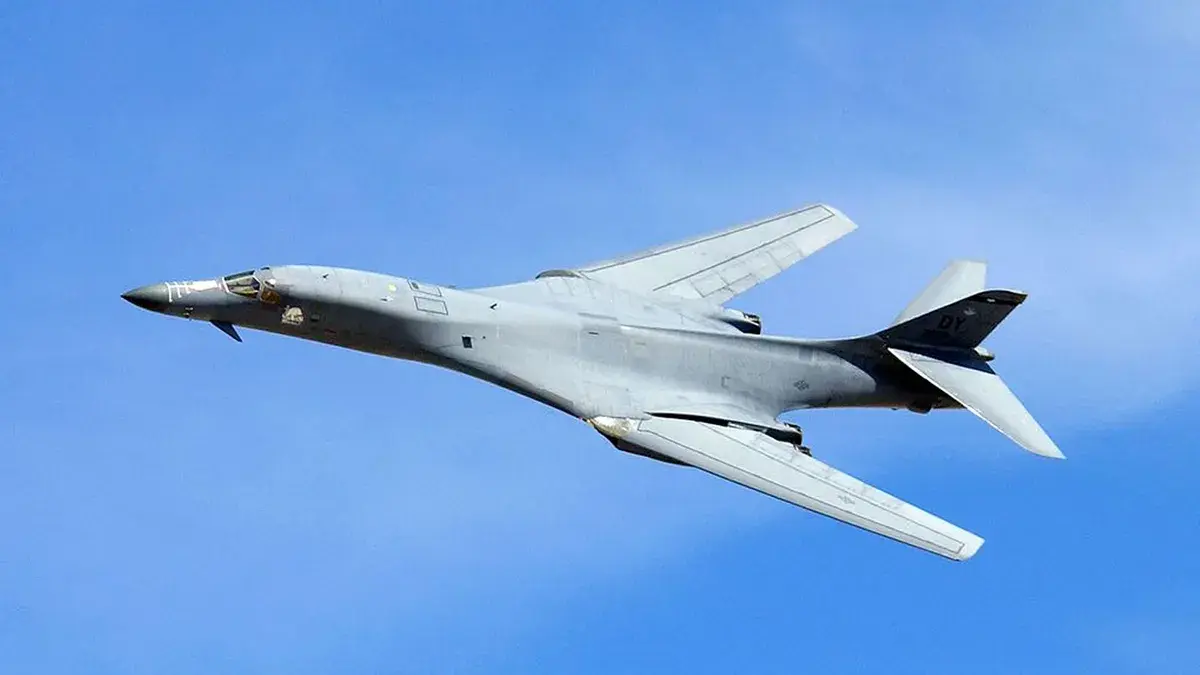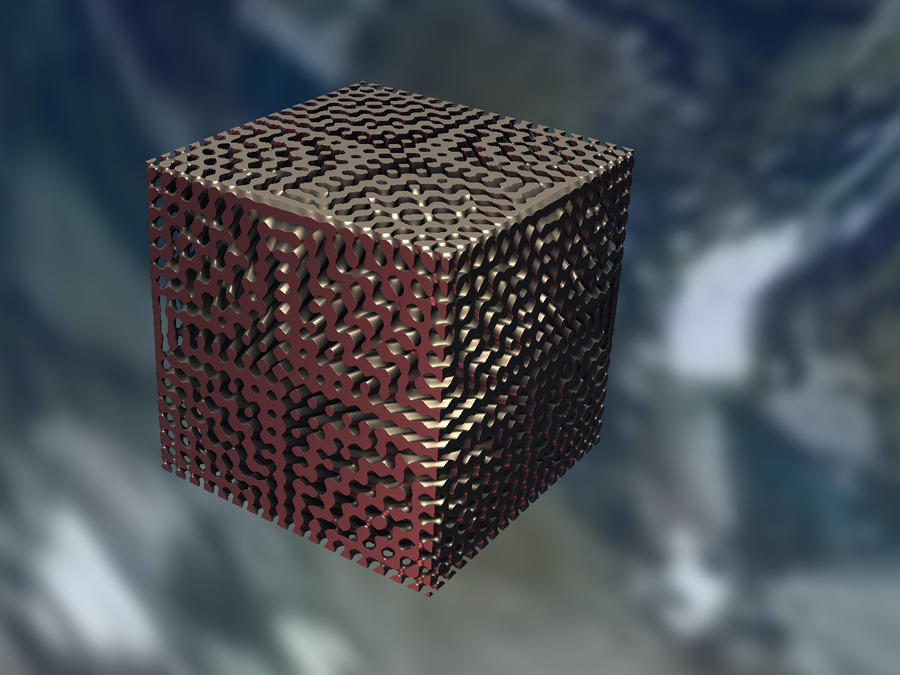"The Wall" is the Saudi Arabian urban marvel or nightmare.
"The Wall" (Actually The Line) is straight from some SciFi movies. That structure is 170 kilometers long, 200 meters wide, and 500 meters high mega-house. That kind of structure would covered by using mirrors. And that giant house would produce its energy by using wind, sun, and geothermal energy.
Some people say that "the Wall" is a maniac structure whose maintenance costs so much that it will never be autotrophic. Some people say that the purpose of Saudi Arabian megastructures like the "giant cube" in Riyadh is to offer a place or fortress for the Saudi elite. That mega-size skyscraper would be the largest building on our planet.
"The Line is a planned city in Saudi Arabia, designed to be a 170 km long, 200 meters wide, and 500 meters high string of skyscrapers with a population density ten times that of Manhattan. However, researchers from the Complexity Science Hub argue that its linear design is inefficient, hindering active mobility and necessitating a high-speed rail system that would still result in longer commutes than in other major cities. Credit: Neom". (ScitechDaily.com/Saudi Arabia’s “The Line”: Urban Marvel or Nightmare?)
"‘The Mukaab’, which translates to cube, a mammoth 400 metre long, wide and deep structure in the Saudi capital Riyadh (New Murabba Development Company)" ( https://www.middleeasteye.net/ New Kaaba’: Saudi Arabia plans to build giant cube building in Riyadh)
Those extremely large houses offer the possibility that Saudi leaders or the royal family of Saudi Arabia can isolate themselves from the regular people. The security in those giant "one-house cities" will be extremely high. And the AI-based applications are working with security and things that make feeling comfortable. There is a vision that in the future people will live in cities that are extremely large houses, where energy production is done by using green energy.
Those houses would involve food production units like plantages and laboratories where meat is grown from cell cultures. In plans, people will travel in the Wall by using high-speed trains. There would be three lines that allow flexible transportation inside the house. But the problem is what if a high-speed train loses its control, and smashes to the farthest end? The idea in those three lines will be simple.
The fastest line would probably have only three or four stops. The farthest points in that city and one is in the middle of it. We can call this line as "red line". Then the yellow or middle-speed line has more stations. And then the purpose of the green line is to transport people between yellow-line stations. This slowest train line may use independent trains between yellow stations. So there is an independent individual train between two yellow stations. And that allows people to travel flexibly inside that building.
https://www.middleeasteye.net/news/saudi-arabia-mukaab-giant-cube-riyadh-new-kaaba
https://scitechdaily.com/saudi-arabias-the-line-urban-marvel-or-nightmare/

























